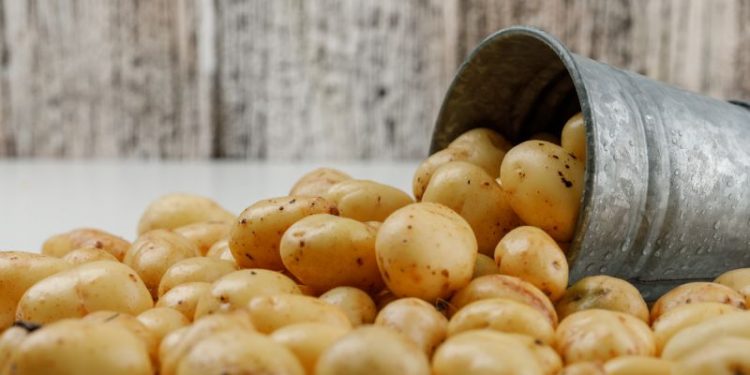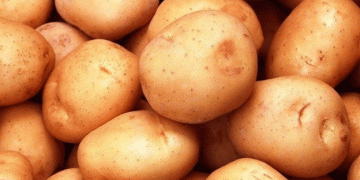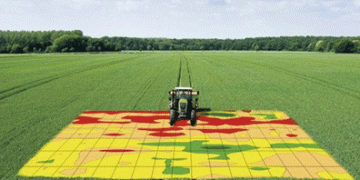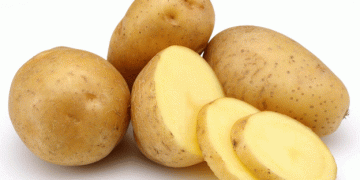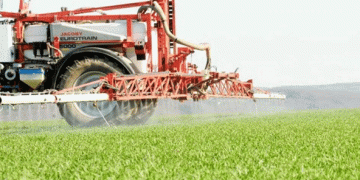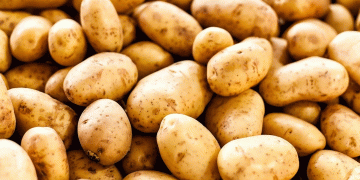The potato market in the European Union (EU) is on the brink of significant price surges, as growers in key producing nations such as Germany, the Netherlands, and Belgium continue to adjust their yield forecasts downward. According to insights from EastFruit, the combination of extreme weather conditions and challenges surrounding seed quality could lead to record prices for both table potatoes and those destined for frozen French fries.
In 2023, farmers encountered a series of unfavorable climatic events, including an unusually hot and dry summer followed by a very rainy autumn. These conditions have not only affected the overall yield but have also compromised the quality of table potatoes. Compounding these issues, seed potatoes have similarly been impacted, with growers receiving seed under contractual agreements for processing reporting lower-than-expected yield potential. This situation has forced many processors to reevaluate their supply agreements, leading to further market instability.
As 2024 unfolds, adverse weather patterns continue to challenge potato cultivation across Europe. Farmers in northern EU countries, particularly Belgium and the Netherlands, have faced delays in planting their potato crops. This setback is likely to result in a postponed harvest, which could exacerbate the existing supply issues. Moreover, potato fields have experienced heightened vulnerability to late blight and other diseases, intensifying the pressures on an already strained market. Current market prices are reflecting these challenges, with figures reaching historically high levels.
Despite the European Commission’s ongoing adjustments to the EU potato yield forecast, there is a possibility that overall production may still align with average figures from the past five years. However, to stabilize the market and mitigate prices to more manageable levels, production in the EU would need to increase by approximately 3-5%, based on rough estimates. This scenario underscores the critical need for farmers, agronomists, and stakeholders across the potato industry to navigate the current challenges with innovative strategies and collaborative efforts.
As the situation develops, it is essential for those involved in potato cultivation, from farmers and agronomists to entrepreneurs and food industry specialists, to remain vigilant and adaptive. Understanding the dynamics of the market and the factors influencing yield potential will be key to making informed decisions in this turbulent environment.
